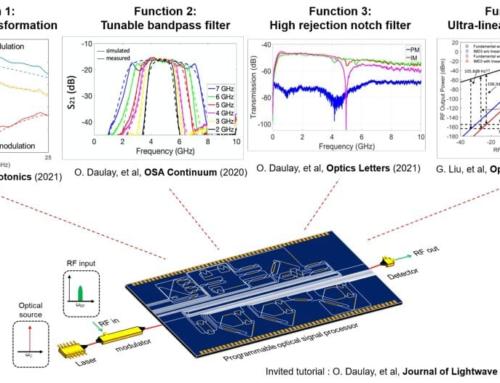South Africans suffering from slow Internet connectivity could see relief by the end of the weekend.
Two more repairs on submarine cables that connect South Africa and other African countries to Europe are set to be finished on Sunday 16 February, restoring international end-to-end connectivity on both affected lines.
The updates were provided by the South African National Research Network (SANReN) and the Tertiary Education and Research Network of South Africa (TENET).
Three breaks occurred on the two undersea cables along the western coast of Africa and close to the UK on 16 January. Two of the breaks were on the WACS line and one on the SAT-3 cable. This left many South African Internet users with slow connectivity to sites and services hosted internationally.
The causes of the faults have not been confirmed, although reports indicate that one of the breaks on the WACS cable may have been caused by pressure from heavy sediment which flowed down along the seabed from the mouth of the Congo River.
Repair progress
The first WACS break was repaired by the crew on the cable-laying vessel the Léon Thévenin, which departed Cape Town Harbour on 23 January. It is currently attending to another break along the Congolese coastline – this time on the SAT-3 cable – and is expected to complete repairs on Sunday.
Another vessel left the Avonmouth Docks in Bristol, England on Wednesday afternoon and arrived at the location of the second WACS cable fault along the UK coast on the same day. The latter repair was initially scheduled to be completed on Wednesday, but the ship was delayed due to heavy winds and rough sea conditions caused by Storm Ciara.
ISPs affected
Although many South African ISPs were initially severely affected by the breaks, much of the international traffic was diverted to additional capacity on the Seacom cable running along Africa’s East Coast.
MyBroadband’s speed tests showed that mobile operators Vodacom and MTN appear to be virtually unaffected by the issue, while Cell C and Rain’s international speeds were roughly half that of their local speeds.
Telkom was the worst-affected, with international speeds being reduced to 5% that of local speeds.
The Internet Service Providers’ Association said that increased local peering and improved redundancy had ensured that South Africa was not completely cut off from the rest of the world while the cables were broken.



